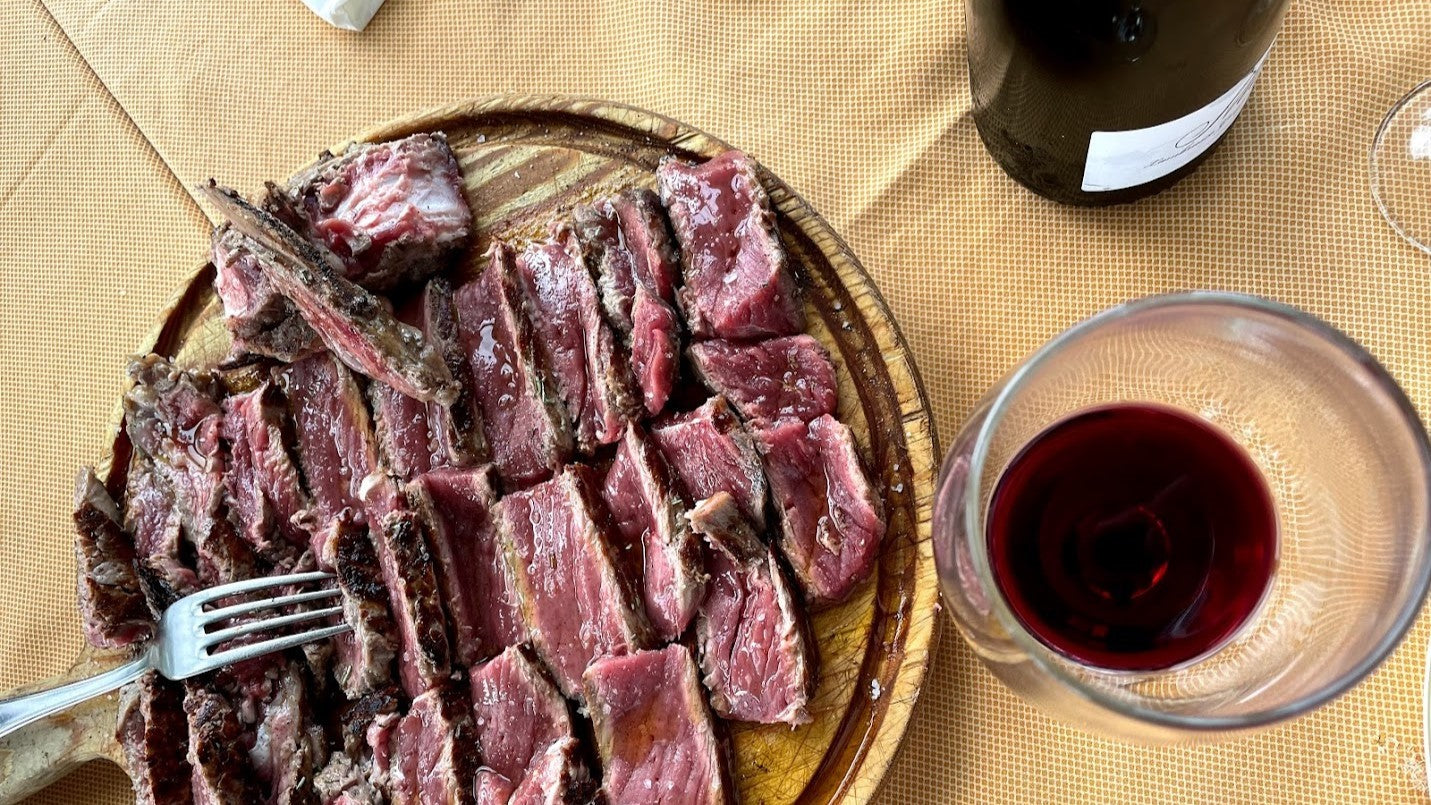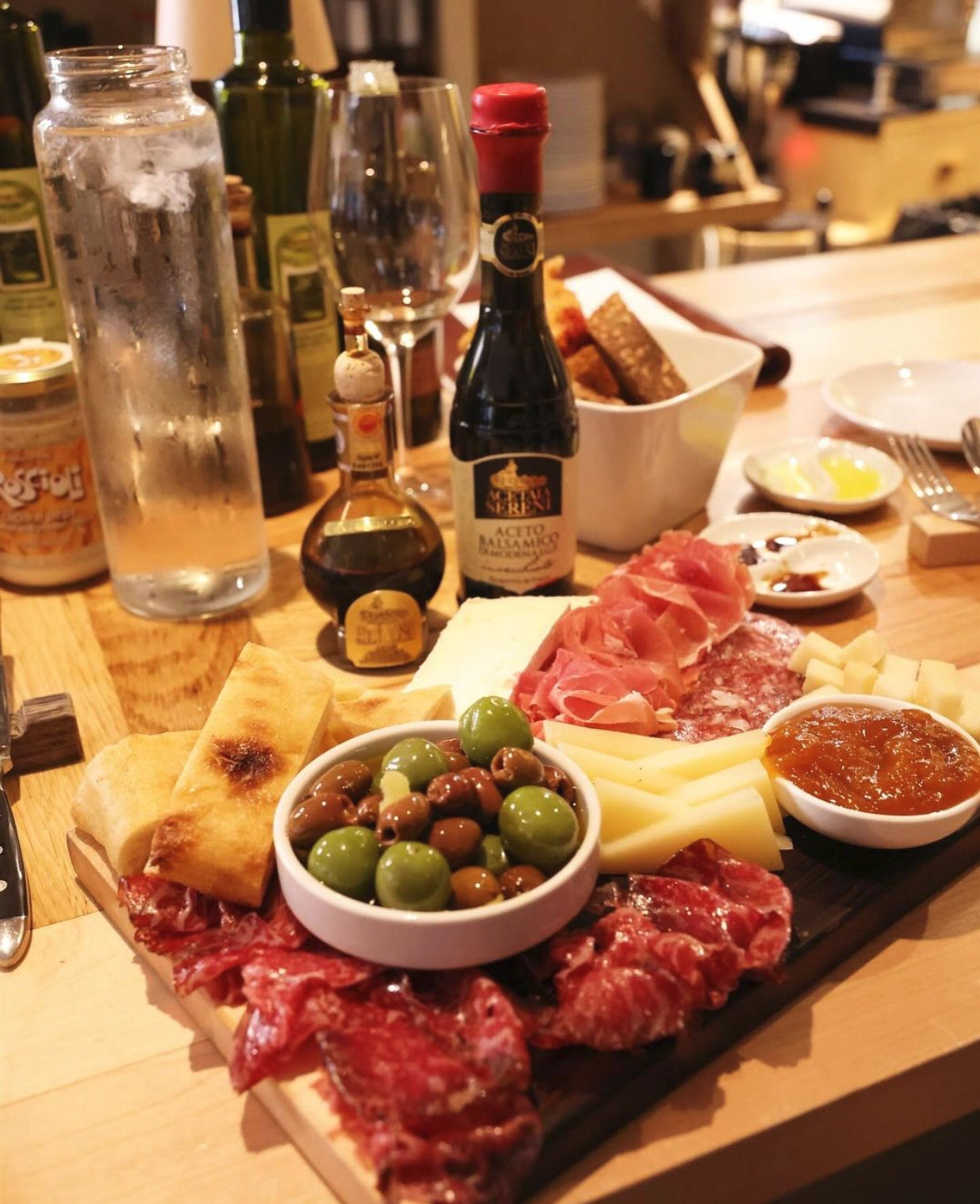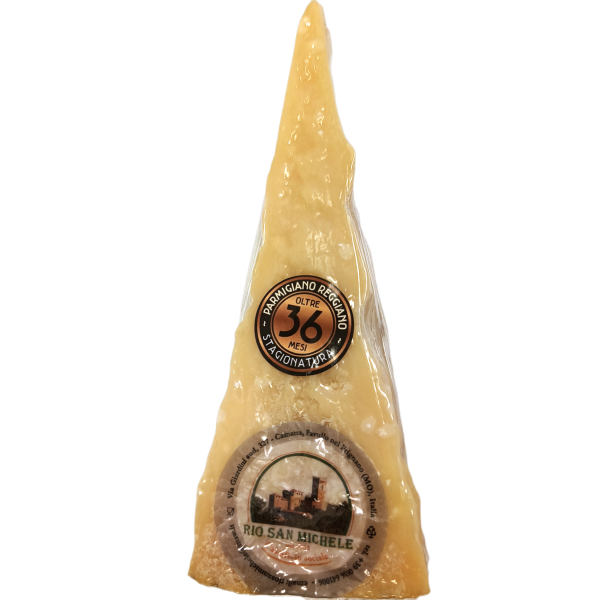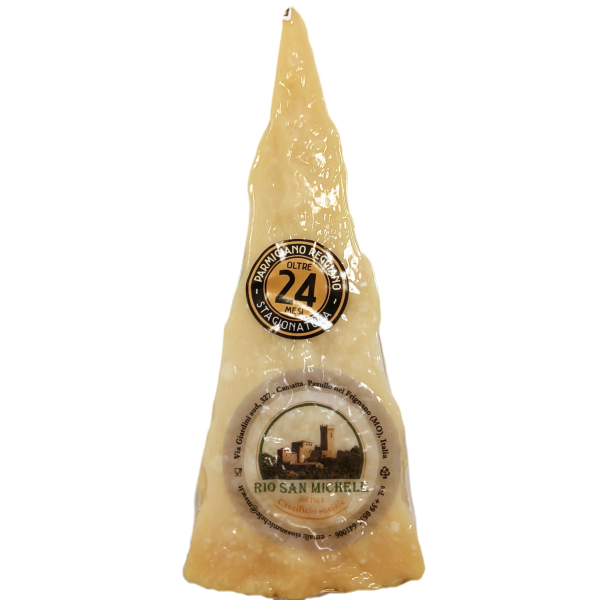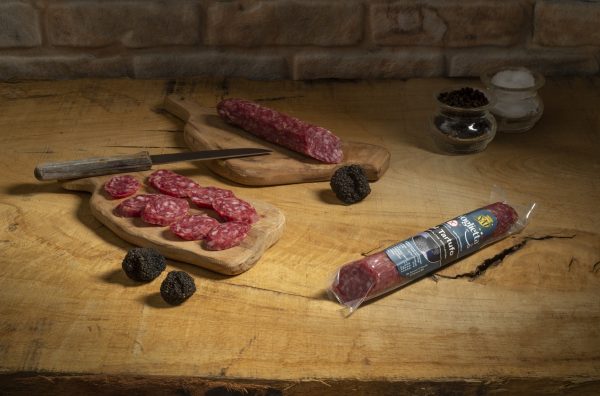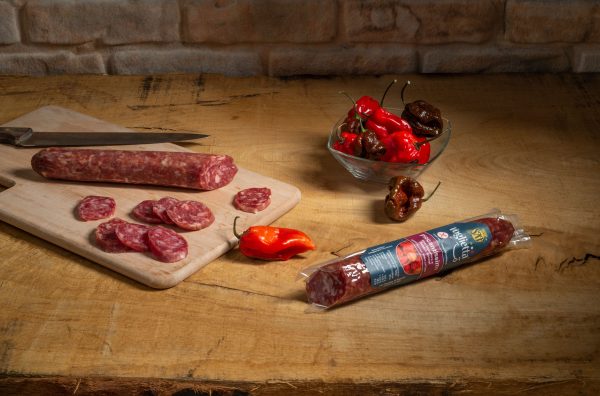Tuscan cuisine is a celebration of simplicity and quality ingredients, reflecting the history and culture of one of Italy's most fascinating regions. From the legendary Fiorentina to the scion bread of Florence, through spicy charcuterie and exquisite wines, Tuscan cuisine offers a unique gastronomic experience. Let's explore these aspects through iconic dishes, essential ingredients and historical curiosities.
Fiorentina: Triumph of the Flesh
The most famous dish of Tuscan cuisine is undoubtedly Fiorentina, a steak made from Chianina beef, prepared with a simplicity that highlights the quality of the meat. This thick and juicy steak is grilled over an open fire to achieve a crispy crust and a rare interior. Traditionally served with a sprinkle of coarse salt and black pepper, Fiorentina is often accompanied by white beans in olive oil or baked potatoes. Every bite of this steak is an explosion of flavor, a true triumph of Tuscan meat.
Ribollita: Tuscan comfort food
Another iconic dish is ribollita, a bread and vegetable soup with roots in peasant tradition. This stew of cabbage, cannellini beans, and old-fashioned bread is cooked and then "ribollita" (recooked) so the flavors can meld. Ribollita represents the humble Tuscan cuisine, where simple ingredients and slow cooking methods create rich and satisfying dishes.
Pici: Rustic Pasta
Pici is a traditional Tuscan pasta, similar to spaghetti but thicker and rougher. This handmade pasta is often served with simple sauces such as aglione (a sauce made with garlic and tomato) or wild boar ragù. Pici reflects the simplicity and rusticity of Tuscan cuisine, utilizing local and fresh ingredients.
Essential Ingredients of Tuscan Cuisine
Sciocco Bread: The Saltless Bread
Sciocco bread from Florence, also known as Tuscan bread, is characterized by its lack of salt, a tradition that goes back many centuries. This neutral bread was originally produced because salt was heavily taxed. During the historical conflicts between Pisa and Florence, Pisa imposed a salt tax to weaken its Florentine rivals, forcing Florence to produce bread without salt. The lack of salt allowed spices and other ingredients to shine through, making the bread a versatile and indispensable accompaniment.
The word "sciocco" comes from the word "sciapo" which means "mixed" or "tasteless". In this context, it refers to the bread that lacks salt but still plays a fundamental role in Tuscan cuisine, as a base for many preparations and as an accompaniment to savory dishes.
Charcuterie and Cheese: Real Taste
Tuscany Charcuterie
Tuscany is known for its charcuterie, including specialties such as Cinta Senese ham, finocchiona salami and capocollo. These charcuterie are prepared using traditional methods that emphasize the flavor and quality of the meat. Often served with sciocco bread and local cheeses, such as pecorino toscano, they represent the essence of Tuscan gastronomy.
Tuscan Pecorino
Pecorino Toscano is a cheese made from sheep's milk, matured and with a strong flavour. This cheese is often served at the end of a meal or used in cooking to add a touch of flavour and complexity. Its versatility makes it an essential element of Tuscan cuisine.
Tuscany wines
Chianti
Chianti is the most iconic red wine from Tuscany, known for its aromatic profile that combines notes of red fruits, spices and a slight earthy undertone. Perfect to accompany meat dishes such as Fiorentina, Chianti is a wine that reflects the authenticity and richness of the Tuscan region.
Brunello di Montalcino
Brunello di Montalcino is another great Tuscan wine, prized for its structure and complexity. Made from Sangiovese grapes, this wine is ideal for rich, flavorful dishes like stews and roasted meats.
Vino Nobile di Montepulciano
Vino Nobile di Montepulciano, with its balance of fruit and tannins, is an elegant wine that pairs beautifully with a range of Tuscan dishes, from aged cheeses to meat dishes.
Historical and cultural context
Tuscan cuisine is deeply rooted in the region's history, which has seen influences from the Etruscans, Romans and the Middle Ages. During the Middle Ages, Tuscan city-states such as Florence and Pisa were often in conflict, and taxes on essential goods such as salt were used as political and economic tools. The tradition of sciocco bread stems from this context of rivalry and hardship, where the absence of salt in bread became an economic necessity.
Tuscan culinary traditions have evolved through centuries of cultural influences and conquests, yet have remained faithful to local farming and cooking methods. Tuscan cuisine reflects the life of the country, with dishes that celebrate the simplicity and quality of local ingredients.
Conclusion
Tuscan cuisine is a journey through authentic flavors and ancient traditions, offering a rich and satisfying gastronomic experience. Whether you're savoring a succulent Fiorentina, savoring sciocco bread with delicious charcuterie, or sipping a fine wine, every element of Tuscan cuisine is a tribute to the beauty and culture of this extraordinary region.
Buon appetito!

